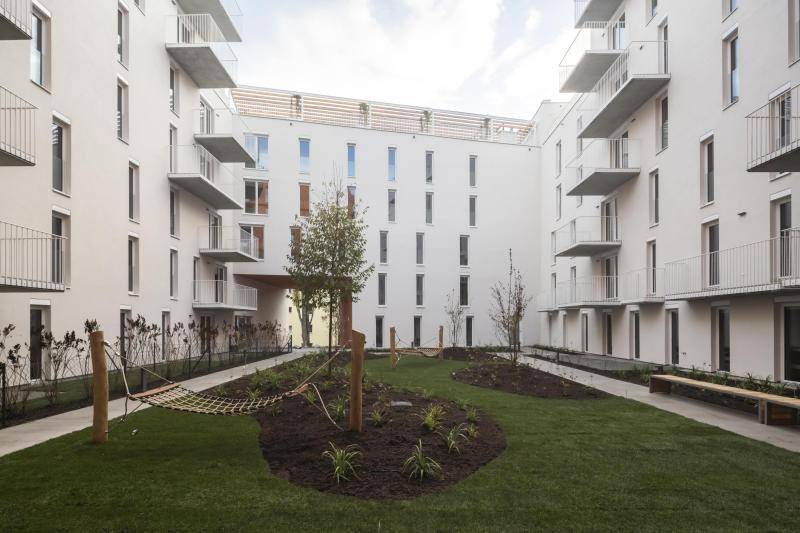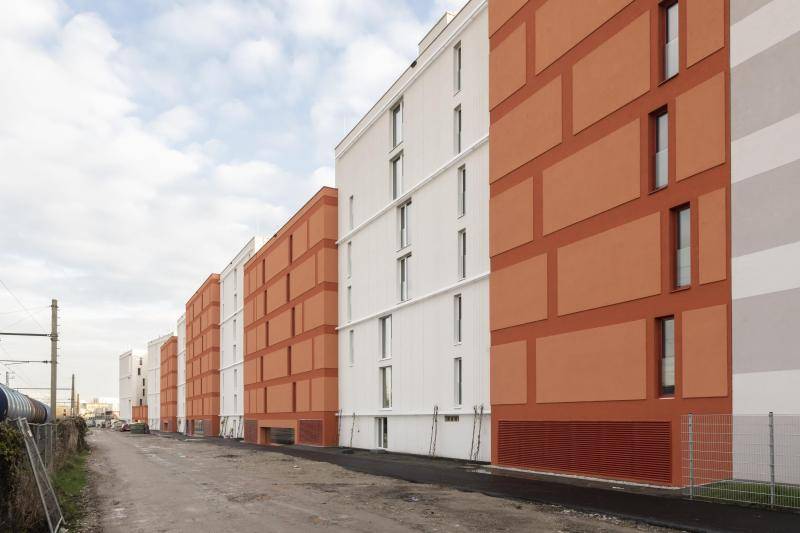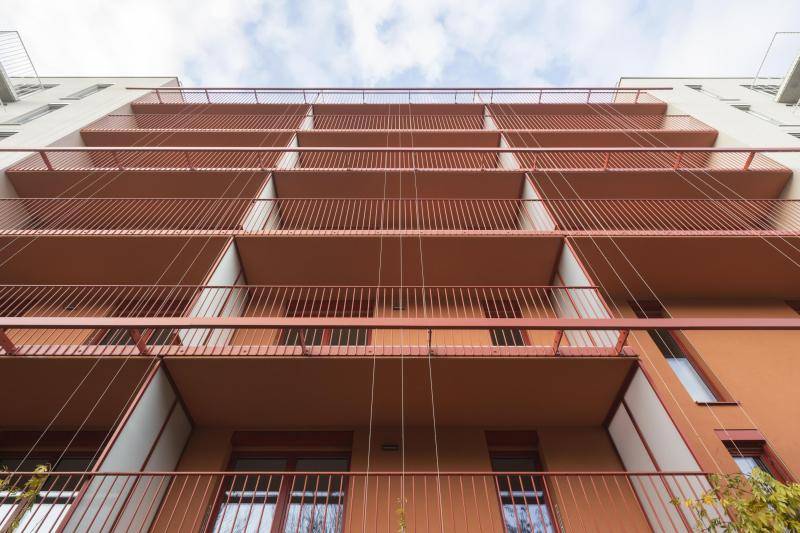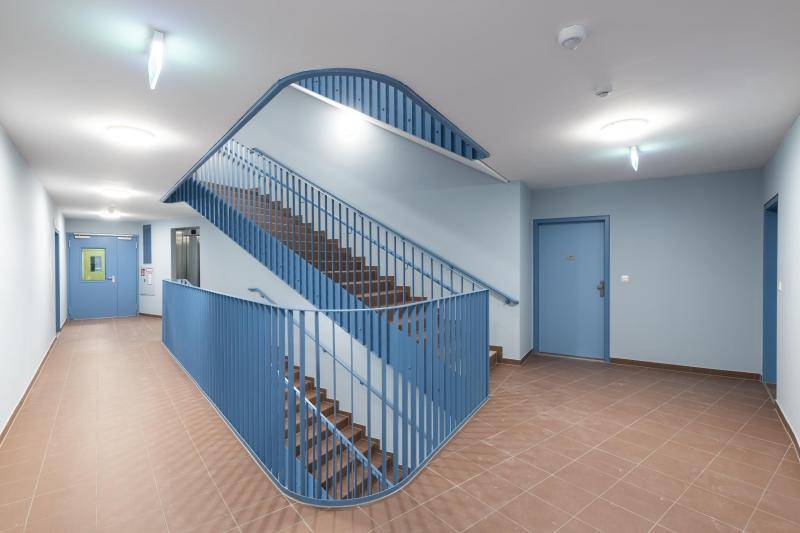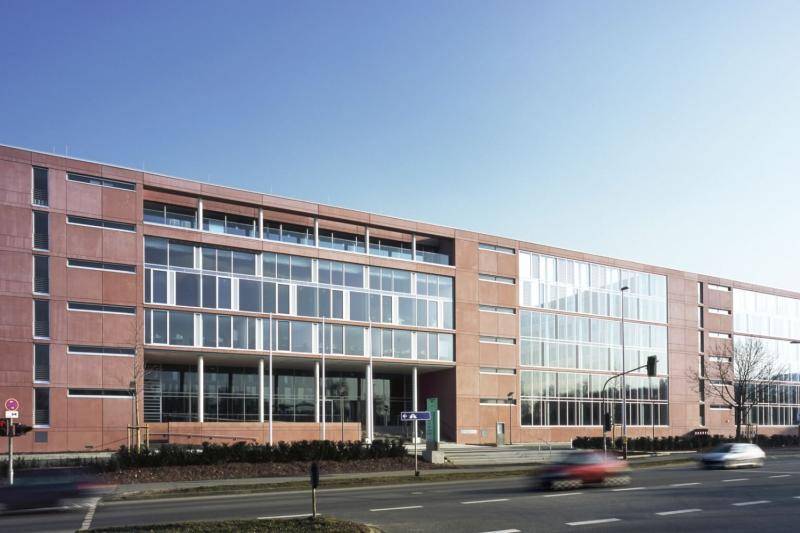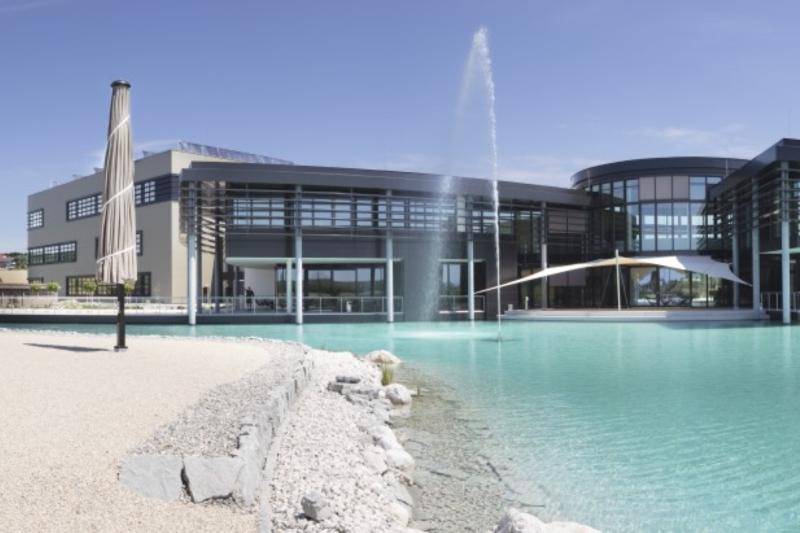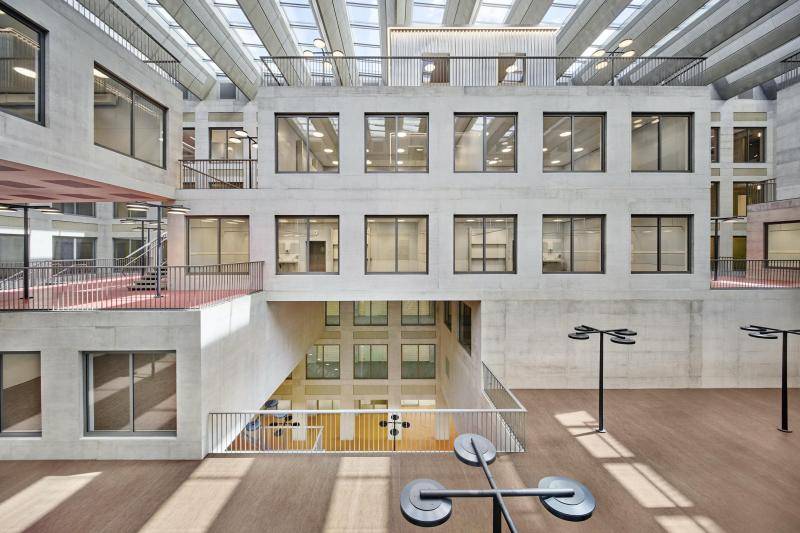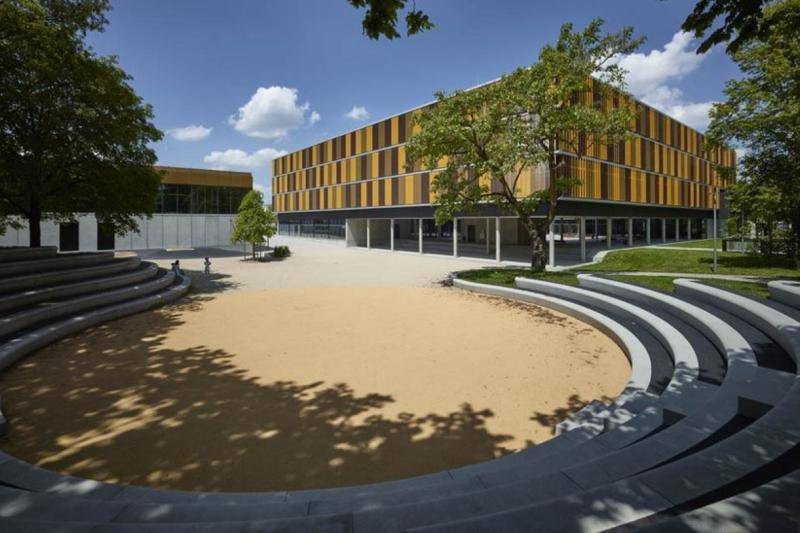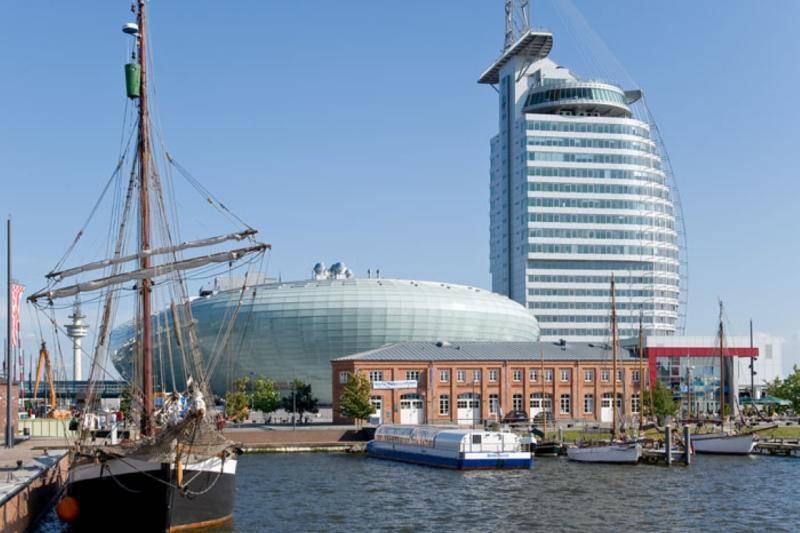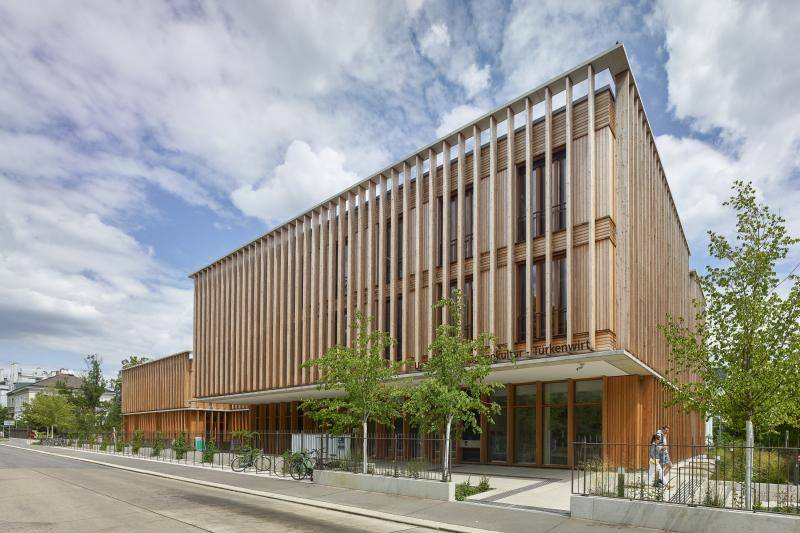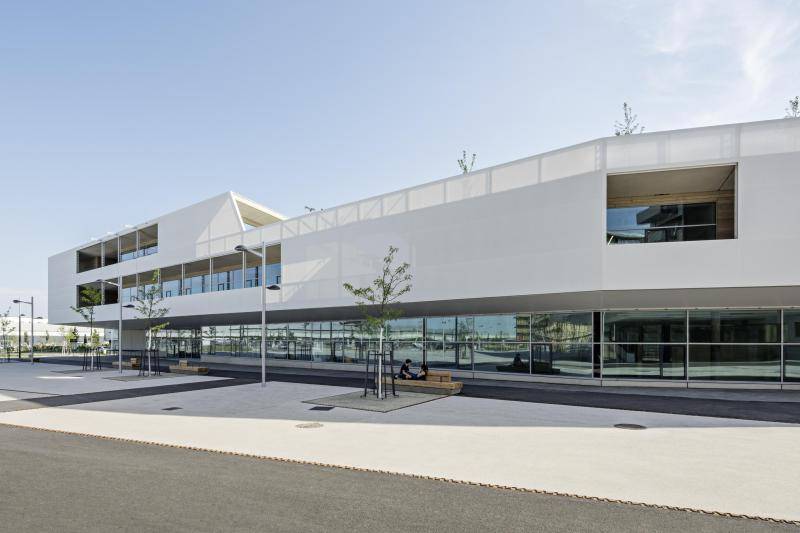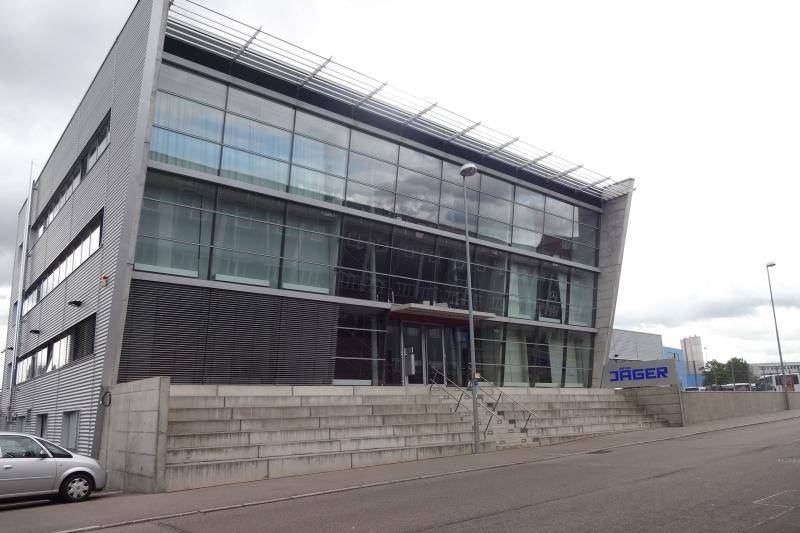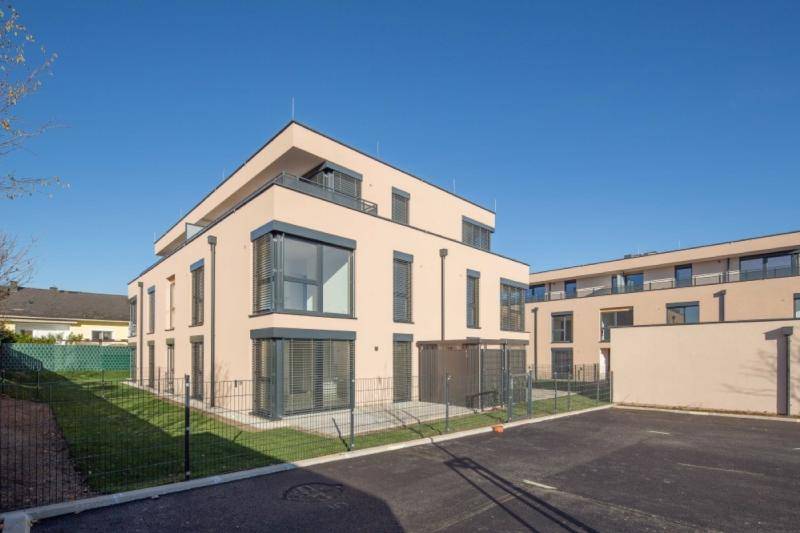Wientalterrassen
With the Wientalterrassen project, the non-profit developer WBV-GPA is building a sustainable showcase project in which a large number of innovations have been implemented.
Wohnbauvereinigung für Privatangestellte Gemeinnützige GesellschaftmbH
2018
Arge KDG
20,10 kWh/m²a
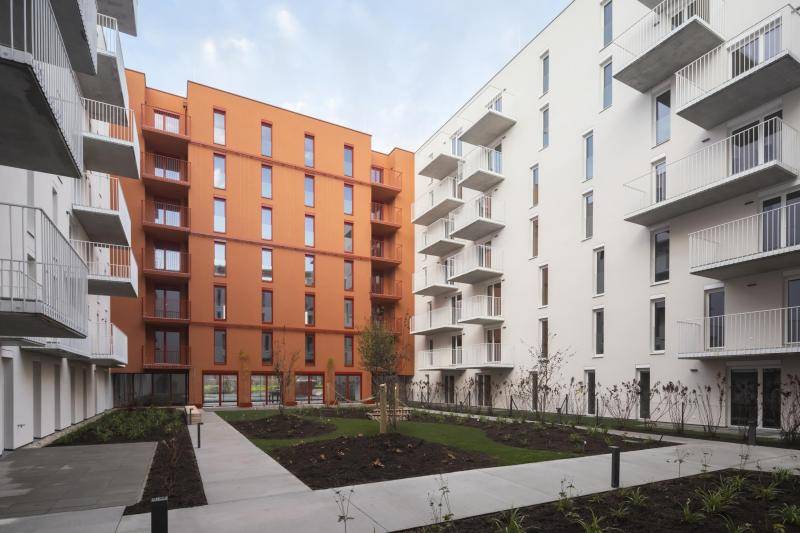
Residential complex: 295 subsidized apartments, of which 99 are smart apartments; 4 dormitories; 5 business premises; 2 children's and young people's residential communities, 2 supervised garconier associations for people with special needs (Balance association); day center of the Kuratorium Wiener Pensionistenheime, office space.
The new building project is constructed as a low-energy house with reinforced concrete, and greater use was made of industrial prefabrication (ceiling and wall structures, loggia and balcony slabs, and prefabricated shafts). The innovative, efficient energy concept enables a sustainable heating/cooling supply for the entire residential complex that is independent of fossil fuels. Thus, hot water is provided by means of wastewater heat recovery and heat pumps, while heating is ensured by means of heat pumps and a low-temperature solar system. The heat supply is provided by component activation of the ceilings. In summer, the rooms are also cooled via the ceilings and the deep probes are regenerated with the generated waste heat. The heat supply system is extended by unglazed low-temperature solar absorbers as a supplement to the borehole heat exchangers in order to improve the efficiency of the heat pumps in the transition period and to contribute to the complete regeneration of the borehole heat exchanger field in summer. By means of a dynamic energy flow simulation carried out by AIT, a very economical design of the system components could be achieved.
At the heart of the heat supply are two probe fields with 64 geothermal probes, each 150 meters deep. In winter, these probes absorb the heat stored in the ground on site and make it usable for heating purposes. In summer, surplus solar energy and waste heat from the apartments are transferred into the ground via these probes. To take advantage of the property of concrete as an energy store, pipelines were laid in the concrete ceilings apartments. Hot water is piped through these pipes in winter and cool water in summer to heat or moderately cool the apartments.
(Text: Gisela Gary; Z+B magazine; in shortened form)
